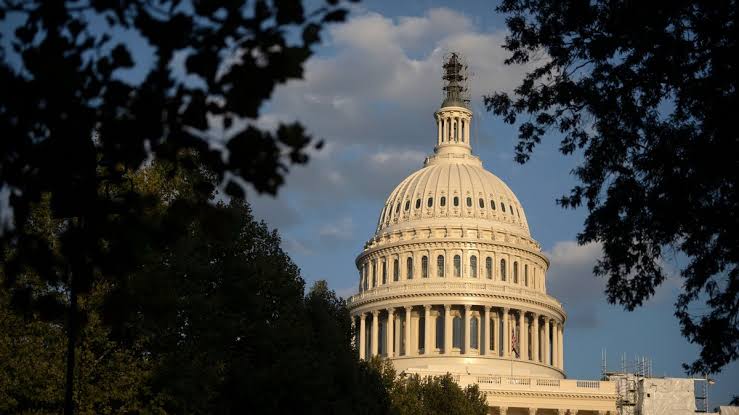As the clock ticks down to midnight on September 30, the halls of the U.S. Capitol reverberate with tension and discord, casting a shadow of uncertainty over millions of federal employees and the nation at large. An ominous government shutdown looms large, driven by a fierce budget conflict that has split Congress down the middle. With the Republican-led House of Representatives failing to pass a short-term spending bill, and the Senate grappling with its own challenges, the nation braces itself for the potential fallout.
Budget Conflict Paralyzes Congress
The budget conflict at the heart of this crisis has plunged Congress into chaos, threatening the livelihoods of countless Americans. Traditionally, the House leads the way on spending and revenue bills, but this time, internal strife among Republicans has paralyzed the lower chamber. The failure to pass a short-term spending bill on Friday left many in shock, as some Republicans deemed the bill’s steep spending cuts of nearly 30 percent to many agencies and its stringent border security provisions as insufficient.
The Senate, witnessing the turmoil in the House, took the initiative by unveiling a bipartisan stopgap bill on Tuesday. This bill, designed to fund the government until November 17, was seen as a bridge to buy negotiators more time to reach an agreement on a longer-term funding bill. However, House Speaker Kevin McCarthy’s reluctance to support the Senate measure suggests that it might never see the light of day in the House, exacerbating the budget crisis.
A group of conservative Republicans have added fuel to the fire by demanding steep spending cuts and urging the Biden administration to incorporate Ukraine aid into the spending cuts. This standoff has laid bare the partisan divide over immigration policy, further complicating the path to a resolution.
Rising Concerns and Potential Risks
Amid this political maelstrom, concerns are mounting on multiple fronts. The White House has estimated that 3.5 million federal workers could face unpaid leave if the government does indeed shut down. U.S. Treasury Secretary Janet Yellen has voiced her apprehension, stating that a government shutdown would constitute a “risk factor” for a potential economic recession. She emphasized that a shutdown would disrupt critical government functions, from loans to farmers and small businesses to food and workplace safety inspections, while potentially delaying essential infrastructure improvements.
This concern has been echoed by Lael Brainard, the White House’s top economic adviser, who has labeled a government shutdown an “unnecessary risk” to the currently resilient economy with moderating inflation. Predictions from experts like Jan Hatzius, the chief economist at Goldman Sachs, further intensify these anxieties. Hatzius has estimated a shutdown lasting two to three weeks starting October 1, with odds surging to a staggering 90 percent.
Economic Ramifications Loom Large
The economic ramifications of a potential government shutdown cannot be understated. Beyond the immediate disruption to federal employees, it threatens to cast a dark cloud over the nation’s economic recovery. Government functions crucial to various sectors, including agriculture, small businesses, and safety inspections, would be hampered. Furthermore, the specter of delayed infrastructure improvements looms, which could have a cascading effect on economic growth.
As the nation inches closer to the September 30 deadline, the question remains: Will Congress find common ground and avert a crisis that could have far-reaching consequences? With the clock ticking, millions of Americans hold their breath, hoping that the leaders of the nation can navigate through the turbulent waters of this budget conflict and steer the ship away from the precipice of a government shutdown.
















